On Jan 25 I gave this lecture as part of UC Berkeley Department of Gender and Women’s Studies Social Reproduction in Crisis Series. See below for the flyer that lists all the other upcoming events!
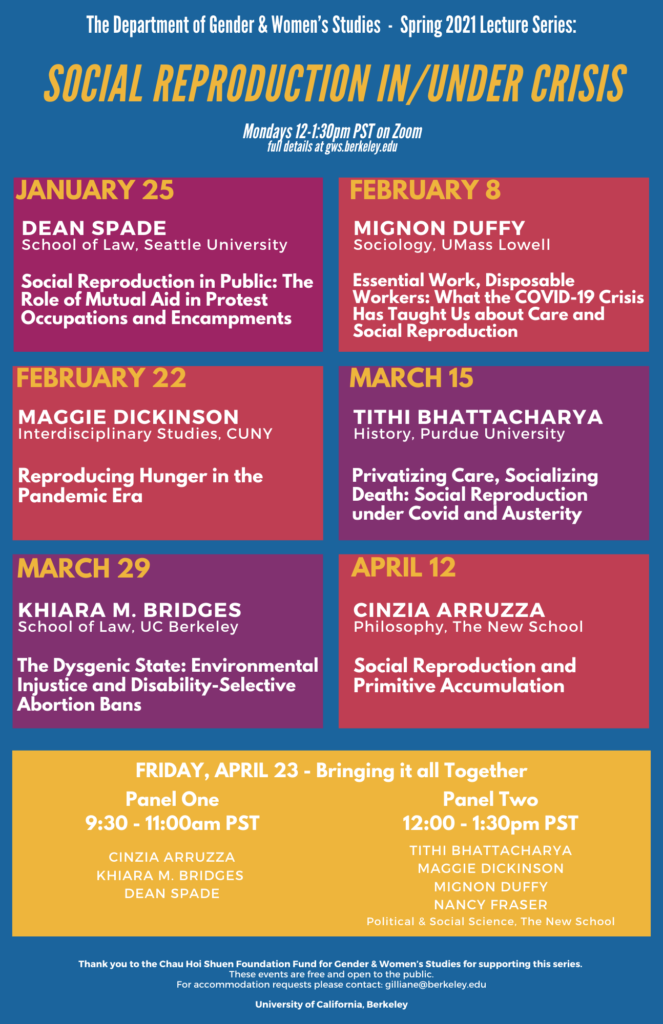
On Jan 25 I gave this lecture as part of UC Berkeley Department of Gender and Women’s Studies Social Reproduction in Crisis Series. See below for the flyer that lists all the other upcoming events!

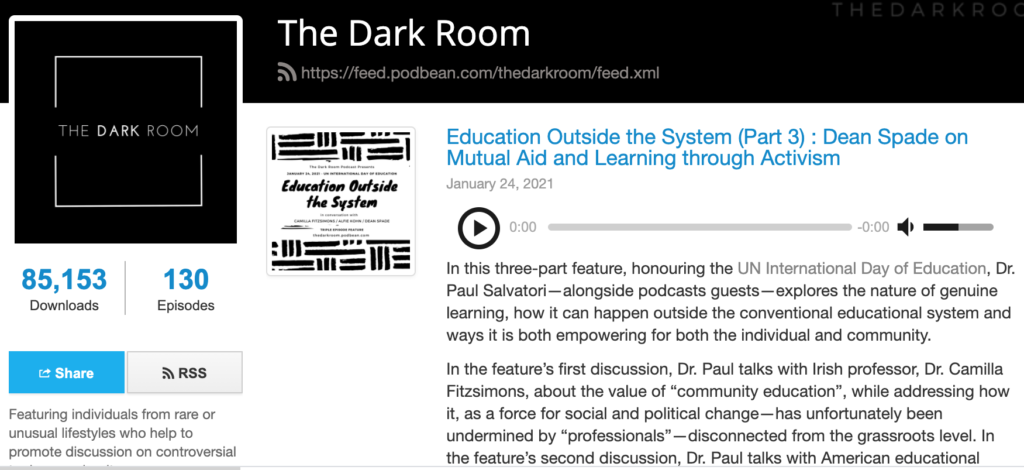
I had a very fun conversation with Paul Salvatori on this podcast episode. Have a listen!
In a new book, Seattle University’s Dean Spade highlights how the organizing and survival tactic could be vital for future disasters.
January 7, 2021

Seattle Community Fridge is a mutual aid group that sprang up during the pandemic. From left, volunteers Beija Flor, Jordan Saibic and Marine Au Yeung install a community refrigerator offering free food in Seattle’s South Park neighborhood, Aug. 20, 2020. (Dorothy Edwards/Crosscut)
Rewinding the film of 2020, it can seem like a lifetime of events transpired in a 365-day span. A pandemic. An economic crisis. Some of the largest protests the U.S. has ever seen. A historic election. Many people are lonelier, hungrier and poorer than ever. But despite the social distance and devastation — and because of it — people also came together.
Continue reading “Crosscut Feature about Mutual Aid”This conversation was such a treat. Many thanks to Mia and to everyone at Bluestockings for making it happen!
I am a huge fan of the Its Going Down Podcast so I was very excited to be interviewed about my new book on mutual aid.
Roar Magazine just published this adapted excerpt from my new book.
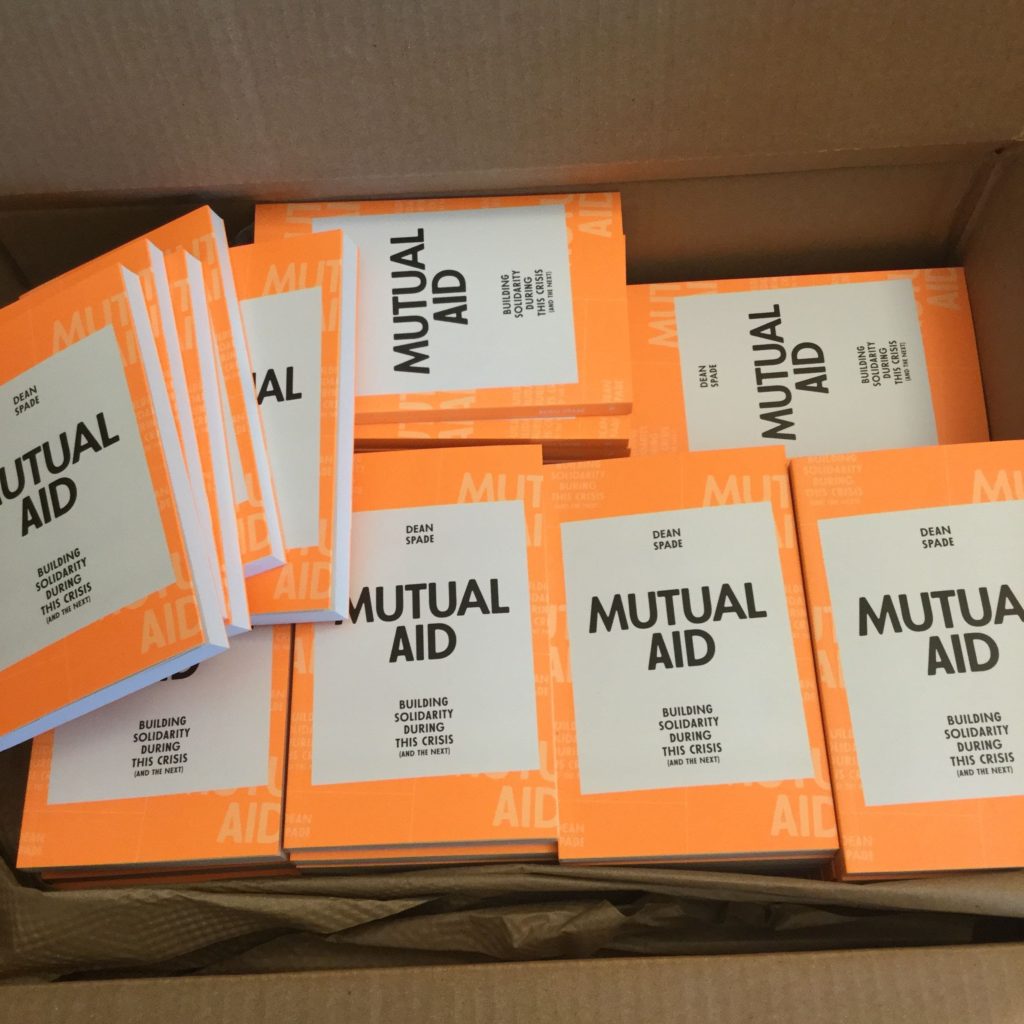
The only thing that keeps those in power in that position is the illusion of our powerlessness. A moment of freedom and connection can undo a lifetime of social conditioning and scatter seeds in a thousand directions.
Many people are feeling great relief that Trump has been voted out and are rightly celebrating the efforts so many people have undertaken to make that happen. But even as we celebrate, we must ensure we do not demobilize, hoping that the new administration will take care of our problems. Unfortunately, we can be certain that the Biden/Harris administration will not address the crises and disasters of climate change, worsening wealth concentration and poverty, a deadly for-profit health care system and racist law enforcement.
Continue reading “Mutual aid will help us survive the Biden presidency”In case you missed it, Colin Kaepernick recently invited a bunch of abolitionist activists to write essays for a collection that his publishing platform has released over the course of the last four weeks in collaboration with Medium. The essays are really really really good–the whole collection would be a great syllabus for a class or reading group. I was honored to be included.
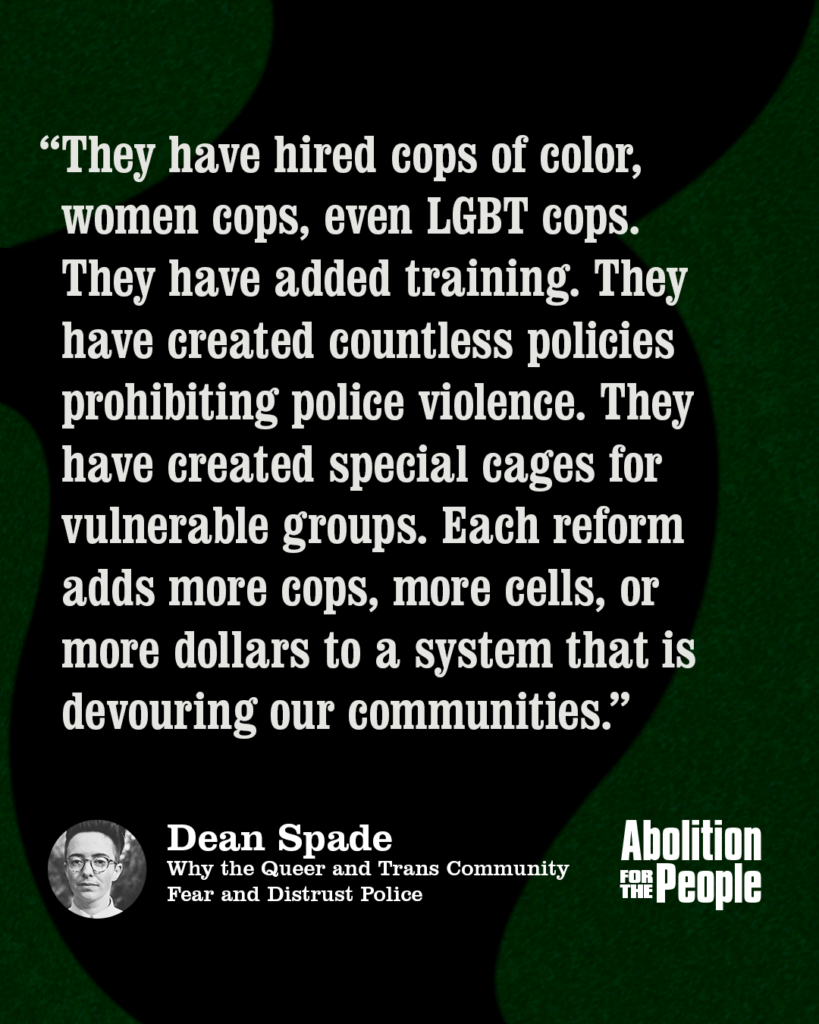
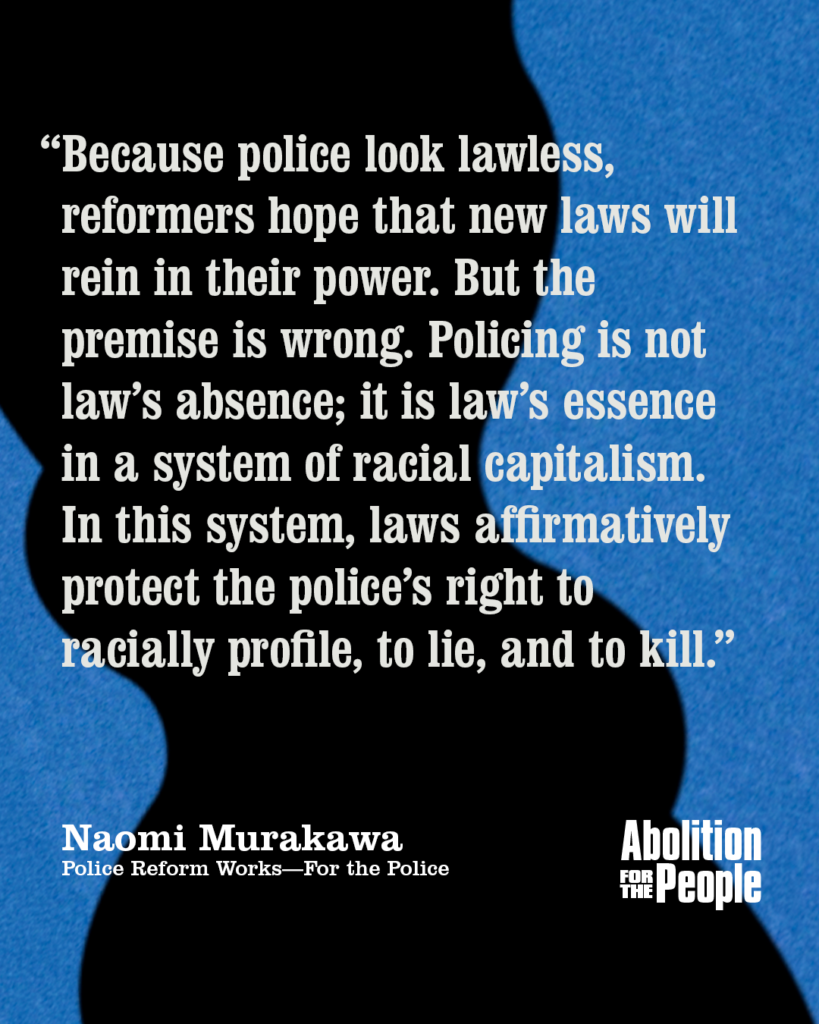
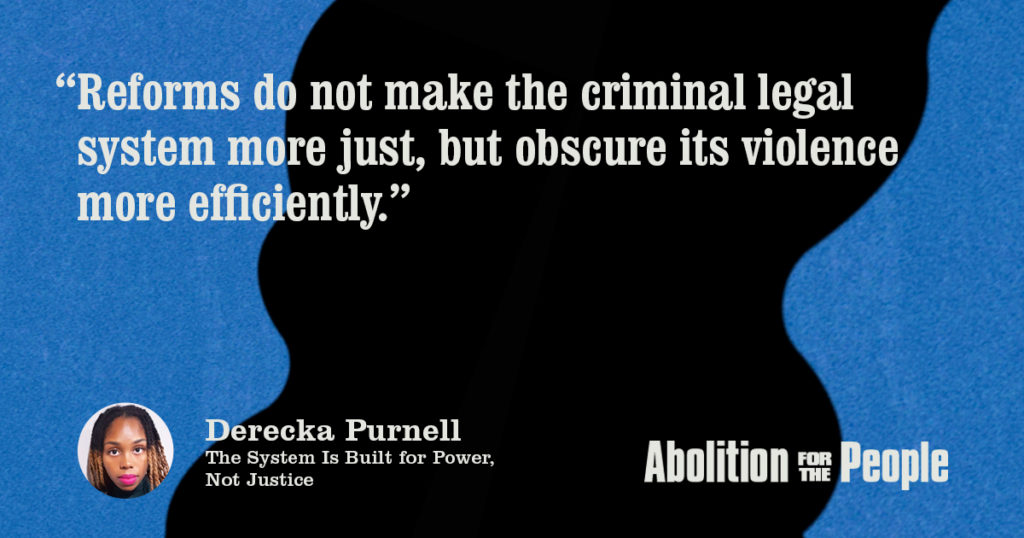
Check out these three videos of recent panel events I was part of.
This panel at NYU’s Center for the Study of Gender and Sexuality was a truly interesting conversation. And there was accidental outfit coordination between panelists.
This event at San Francisco State was a showstopper, featuring so many brilliant thinkers talking about queer justice, colonialism, war, and pinkwashing.
I was honored to be the keynote trainer at Movement Law Lab’s final session in their Build Power, Fight Power online course, in which thousands of lawyers and law students participated over several months. In this talk, I provide a basic rundown of the limits of law and lawyers to social movements, and the potential for us to participate in ethical, transformative ways.
Finally, this event with the Yale Undergraduate Prison Project about queer and trans abolition politics is not to be missed!
I recently had the pleasure of doing an Abolition 101 workshop for 350 Seattle as part of their Racial Justice Is Climate Justice Learning Series. I wonder if this short workshop might be of use to other groups trying to introduce a discussion about abolition to their members. If you want to see the resource list 350 put together after, which includes some of the things I mentioned in the video and a link to my slides, look here.